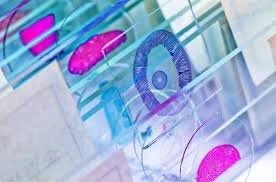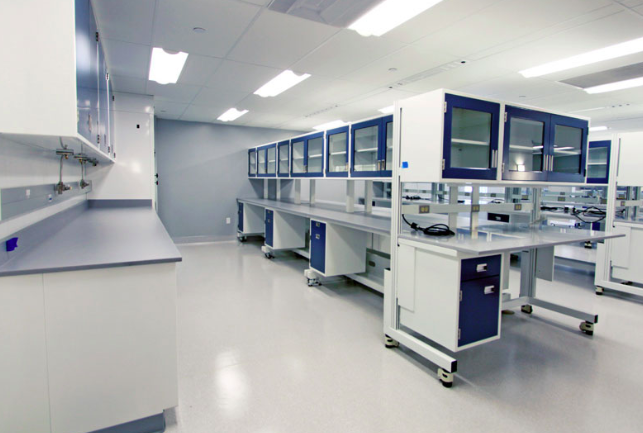Overview of Human Biospecimens
The human body and its collection of tissues have been studied since the ancient Greek times. After the Roman Empire fell, anatomical studies slowed down considerably as the use of cadavers became illegal in many places. Researchers were prosecuted for many years if they performed postmortem dissections. In the 15th century, medical schools in Europe allowed their researchers to study the human body and tissues without prosecution. Since then, the study of the human body has advanced significantly. Today, human biospecimens and tissue samples are vital for genetic research. Human biospecimens can be collected from several different sources:
Prospective tissue collection
Excess tissue obtained from clinical samples
Specimens from cadavers
Tissues with reproductive potential
With the increasing use of human biospecimens in research and clinical trials, issues regarding the ethics and regulations of these specimens needs to continuously be observed.
Governing Treaties, Laws, and Regulations
It is important to understand laws and regulations concerning human biospecimens as it helps researchers with issues of biospecimen ownership and ethical principles about human experimentation. One of the first important efforts of the medical community to regulate this kind of research is the Declaration of Helsinki. While it is not an international legally binding instrument, it has significantly influenced many regulations and national legislations.
Originally adopted in 1964, it has gone through six revisions. In the United States, the Code of Federal Regulations established by the government addresses the protection of the donors. In the Code of Federal regulations is the Common Rule that details the function and role of institutional review boards (IRBs) in the protection of human participants during the research activities. It also outlines the requirements in obtaining informed consent and additional protection for vulnerable groups such as pregnant mothers, neonates, fetuses, children, and prisoners. Some states also have their own laws that govern research using human participants.
Informed Consent
For informed consent, researchers must provide an explanation to potential participants regarding the purposes of the research and expected duration of the study. It should be noted that the descriptions provided should not be general and must be specific to the study. Without being adequately informed about the intended purpose of the research, participants cannot give “informed” consent the key element in the consent process is transparency. Participants should also know all the intended uses of the specimens. If their specimen is required in future research, additional informed consent should be obtained from the donors. However, the IRB can waive the need for informed consent for the use in a secondary project. IRB waiver is more likely if the donor has consented to future research at the time of tissue collection.
The participant also has to be informed regarding the potential risks, benefits, alternatives to participation, and what may be required of them during the study. Additional information required includes compensation and medical treatments that could be available should injury occur to the participants. Participation must be voluntary, and participants should be allowed to withdraw at any time without risk of penalty. Participants should also be provided a contact if they have any questions or concerns regarding the research.
The Common Rule is only applicable to human participants. In some circumstances, it permits research without participant consent. If the research is conducted using anonymous samples without access to the participant’s private information, by definition, informed consent would not be required. The Common Rule also does not apply if the IRB exempts it as the information used does not involve the identification of the donor. Finally, the IRB can waive or change the requirements of the informed consent if:
The research poses no more than minimal risk to participants
The welfare and rights of participants are not affected
The research cannot be conducted without alteration or waiver of informed consent
The participants are provided with relevant information
Biospecimen Ownership
The ownership of biospecimens has been analyzed in many cases. It has been a question of whether the donor retains ownership rights of their tissue. It has also been debated as an issue of “guardianship” versus “ownership”. In most cases involving excised tissue, courts have concluded that donors do not retain ownership of their excised tissue. However, different rulings have been reached in cases where there has been a previous understanding that the patient would retain their ownership rights. With leftover materials, many are considered to be “abandoned” with patients no longer having any property rights. In tissue obtained postmortem, the Common Rule does not apply as it only applies to living individuals. The Uniform Anatomical Gift Act (UAGA) allows individuals to give their bodies for the study of science. Without the individual’s consent, their spouse or family can also make the gift.
Conclusion
The laws regarding human biospecimens are still evolving. There will be much effort and discussion needed to improve the efficiency of informed consent. With increasing studies using human biospecimens, the frequency of lawsuits may be higher. It is therefore important for new legislatures and regulations as it can help to protect or help both participants and researchers. It is crucial for researchers to strive for transparency and avoid using specimens not outlined in the consent form. The awareness of existing rules is also essential to avoid lawsuits and the destruction of valuable human biospecimens.
Reference:
Allen MJ, Powers MLE, Gronowski KS, Gronowski AM. Human tissue ownership and use in research: what laboratorians and researchers should know. Clinical Chemistry. 2010; 56 (11): 1675-1682.








